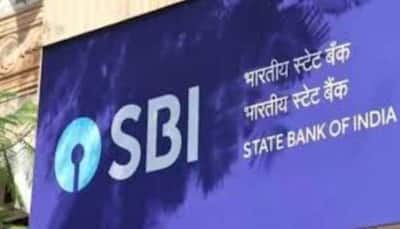With the RBI’s cumulative 50 basis point reduction in policy rates since February this year, the transmission of the rate cut by banks is expected in the coming quarters, according to an SBI report.
The report highlights that following the RBI’s 25 basis point cut in the repo rate in February, public sector banks reduced deposit rates by 6 basis points, and foreign banks by 15 basis points, while private banks increased their rates by 2 basis points.
An analysis of the weighted average lending rate (WALR) on fresh loans versus the repo rate reveals that the WALR for public sector banks and scheduled commercial banks (SCBs) closely follows adjustments in the policy rate, implying an effective and timely transmission mechanism.
The report also notes that, on the regulatory and development policy front, the RBI has decided to widen options for managing stressed assets. It is proposed that a new market-based framework for the securitisation of stressed assets will be created, in addition to the existing ARC route under the SARFAESI Act, 2002. This move aims to provide greater flexibility in managing NPAs.
Current guidelines on co-lending apply only to arrangements between banks and NBFCs for priority sector loans. Although co-lending is a win-win situation for all parties, the current model is still under review. The expansion of co-lending to all regulated entities is a welcome move, but exact details are needed to assess the impact and scope of this new arrangement, the SBI report states.
The report also points out that with the recent surge in the gold loan portfolio, coupled with rising gold prices and increased volatility, regulatory intervention due to fears of breaching loan-to-value (LTV) limits is natural. Different categories of lenders—regulated and unregulated—currently follow varying loan matrices in terms of LTV, interest rates, distribution channels, etc. The RBI will revisit and issue comprehensive regulations on prudential norms and conduct-related aspects for gold loans.
The proposed review to harmonise and consolidate guidelines covering non-fund-based facilities across all regulated entities includes a review of instructions on the issuance of partial credit enhancement (PCE), with a view to broadening funding sources for infrastructure financing. This is a welcome move and could help facilitate infrastructure funding, the report adds.
This announcement follows a similar proposal made in the Union Budget. Current regulations require capital provisioning for 100 percent of the bond amount, even though PCE can only be provided for up to 20 percent of the bond.
Additionally, institutions providing PCE are required to assign a higher risk weight to these instruments. The RBI’s move could potentially involve revisiting capital requirements and increasing exposure limits for PCEs to make the instrument more market-friendly and deepen the bond market, the SBI report notes.
The RBI has also permitted the NPCI to upwardly revise transaction limits in UPI for person-to-merchant (P2M) payments based on evolving user needs. However, person-to-person (P2P) UPI transactions will continue to be capped at ₹1 lakh, as before. This change is expected to boost high-value UPI transactions such as tax payments and other large payments.
Overall, the evolving global situation has warranted policy agility to address emerging challenges. Today’s policy reflects that agility, and the continued accommodative stance paves the way for a more aggressive response, if required, during FY26. While the development and regulatory policies may appear routine, their alignment with emerging conditions will help ensure financial stability, the SBI report concluded.
Stay informed on all the , real-time updates, and follow all the important headlines in and on Zee News.











